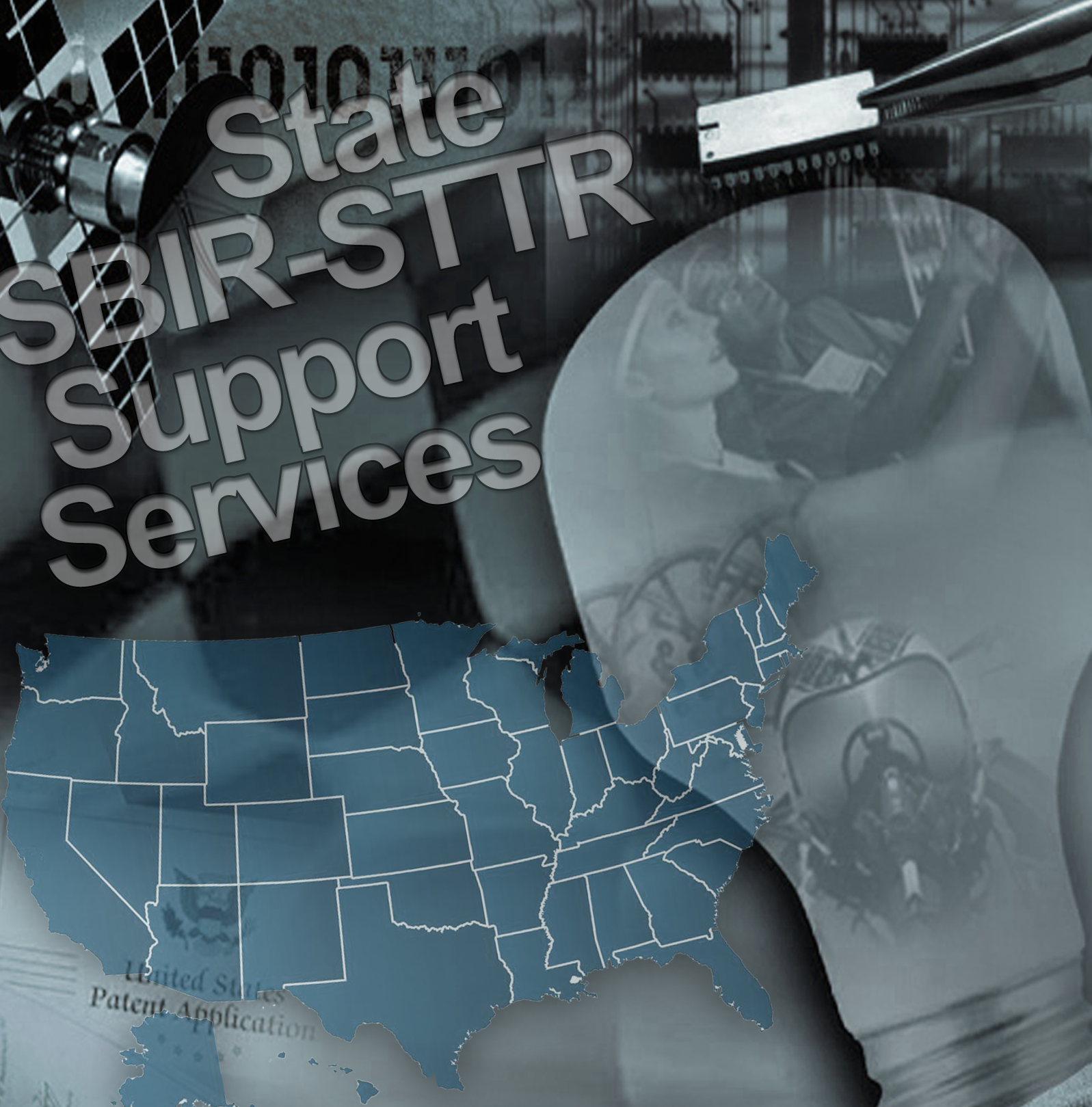Doing the SBIR-STTR Numbers: useful by-State data & analysis.
A different take
Given the potentially
important economic impact of effective SBIR-STTR involvement in a geographic area, there is considerable interest by various players in knowing how a particular State is doing in the
SBIR-STTR Distribution stakes - usually couched in terms of application to award rates, how many awards, Phase II conversion rates, dollars forthcoming etc.
In major part because comprehensive, comparative data is less readily available especially as it profiles the small firms involved, it is far less common that that interest to extend to examining the data for trends and for indicators of how best to expend available resources to improve overall achievement both by awardees individually and as a population over the longer haul.
- In many states - some of which rank quite high in terms of the aggregate awards and dollars received over any period and are often perceived as 'big players' - a very few high-volume awardees account for the major percentage of SBIR resources that flow into that state. In other words, a handful of very active awardees - sometimes as few as one/two - can be responsible for the state's overall ranking.
- In even more states, the major emphasis is on recruiting and working with newcomers to the SBIR opportunity and supporting the applications process. Analysis of the data can often show that applying for award is not the problem. Insestaed
The extent and form of
SBIR-STTR participation obviously varies considerably between states and even between particular areas within any state. These differences are largely a function of various local-impact factors - population density and education levels, proximity to world-class academic, non-profit research institutions. government facilities and federal labs along with make-up of the primary business and industry base etc. Within those parameters, however, it can also be useful to
Quality State SBIR Support can makes a difference:
Over the now 30+ years of SBIR activity there is compelling evidence that local access to
quality support services can be a major factor
- not only in affecting the number and achieved success of SBIR applications from a geographic region
- and in the effective management of awards that are forthcoming
- but also in the achieved rate(s) of Phase II conversion
To that end, in almost every state there now are designated organizations with some level State and/or university support focused to providing information with varying levels of support and training available to SBIR applicants and awardees. In this part of the ASSETs site, with full contact information, those who fill this role are identifed on the Brass Plate prominent on each State Data set out here. along with a full listing and access to the overview profiles on every Awardee - Current and over Life of progam
the various charts and graphs providing aggregate , trend, analytical and comparative provided in this part of the site are
It is also the case that, often in
These factors should always be taken into consideration when looking at the
in-the-States aggregate data offered in this section of the site. More detailed, analytical pieces that might usefully support Program Development decisions are available on request.
- in knowing how their firms are doing in the SBIR-STTR Distribution stakes - awards and dollars and
- in trying to improve the performance of the state's qualified small firms both
- in getting awards and
- in achieving Phase II conversion.
SBIR-STTR participation by State:
To access participation information by a particular state,
- either select from the menu provided
- OR simply click on the map here.
In the latter case, a new window will open. Click on the State name to access the Brass Plate area for that region. Selection will yield:
- In charts and graph formats, various useful aggregate, trend, analytical and comparative data by qualified small firms in the State.
- Contact information for a primary point of access for SBIR-STTR Support services in that State. Where available this will include
- a description of those services
- listings of other local professional services providers
- total number of SBIR funded projects in that geographic region since 1983 up to an including the most recently announced.
- the number of SBIR Awardees (companies) over the same time period AND
- a full, alphabetized listing of all SBIR awardees (whether currently active or not) to date in that area (1983-present)
In this context, information on each SBIR Awardee (active or otherwise) is currently set out in TWO ways
- simple Basic Contact information - accessible to all Site Registered Users
- a more detailed Company Profile - company description, live contact links plus various other useful business and analytical data


